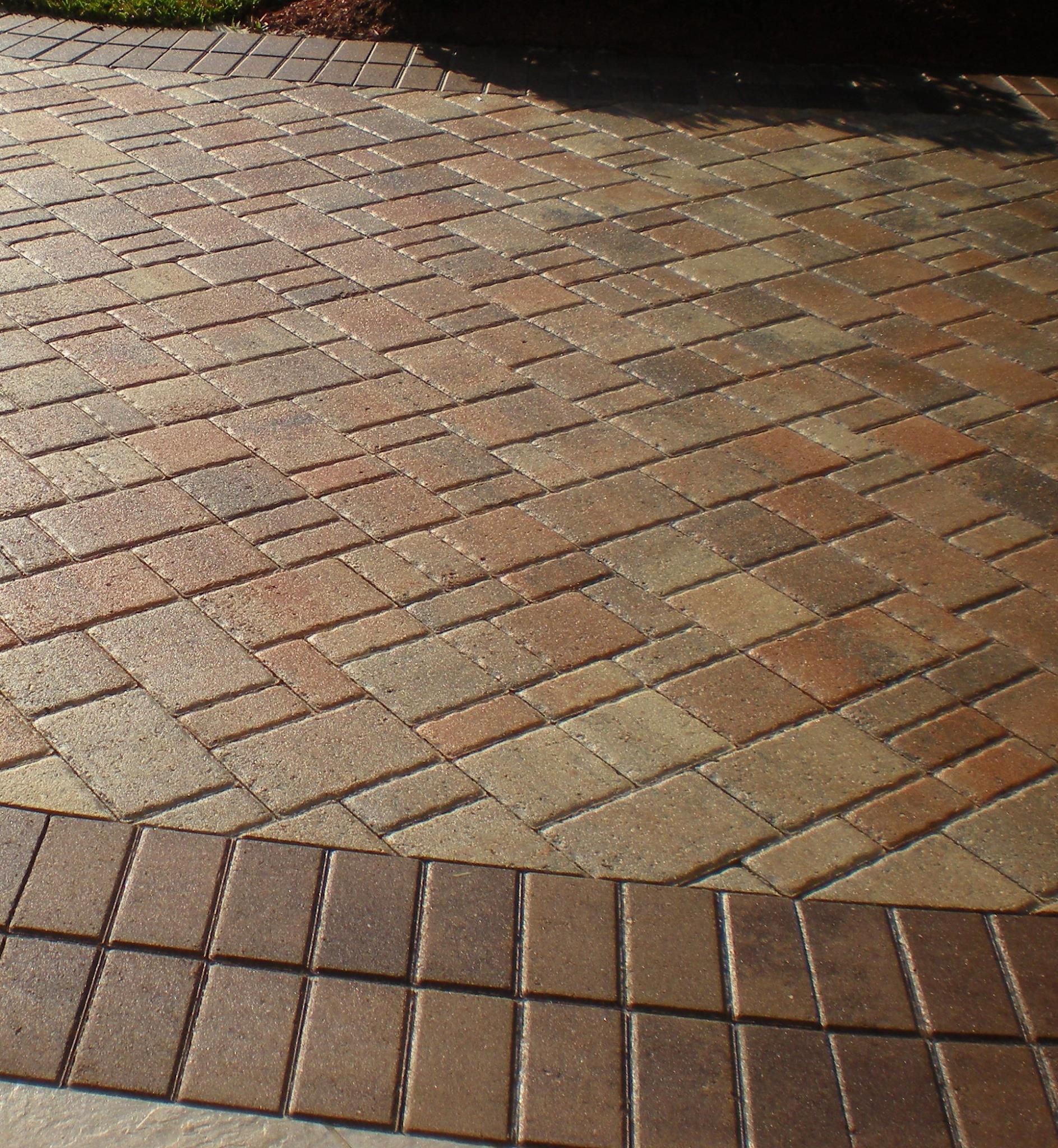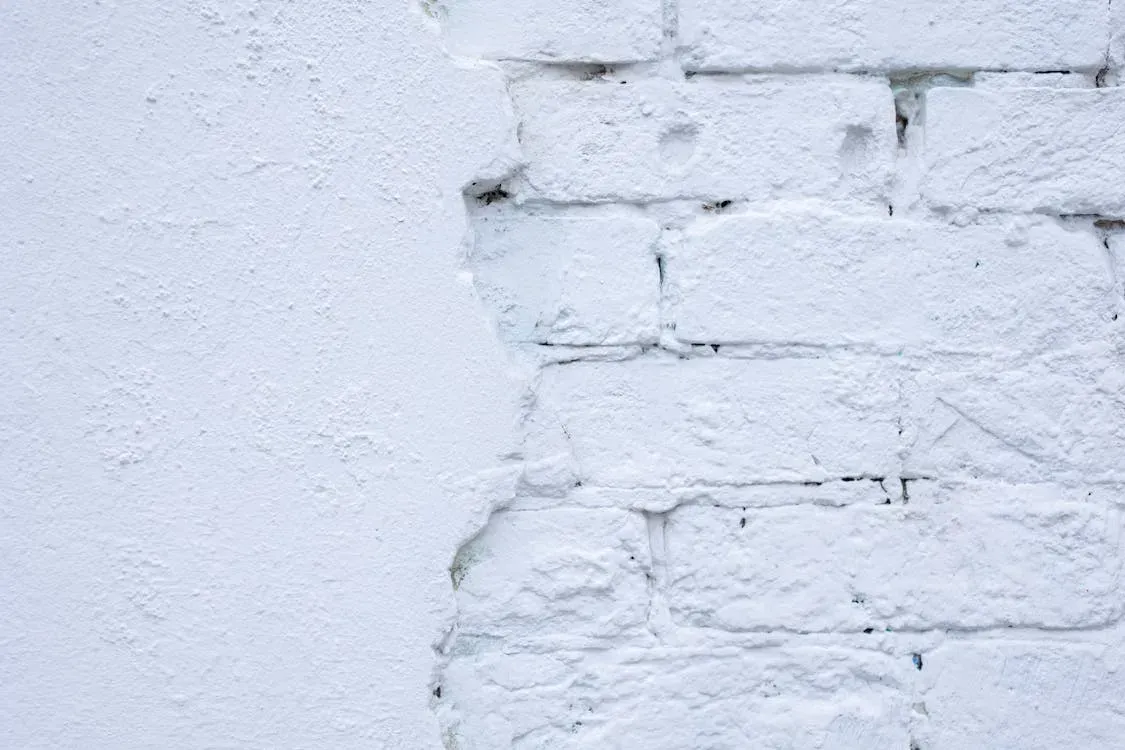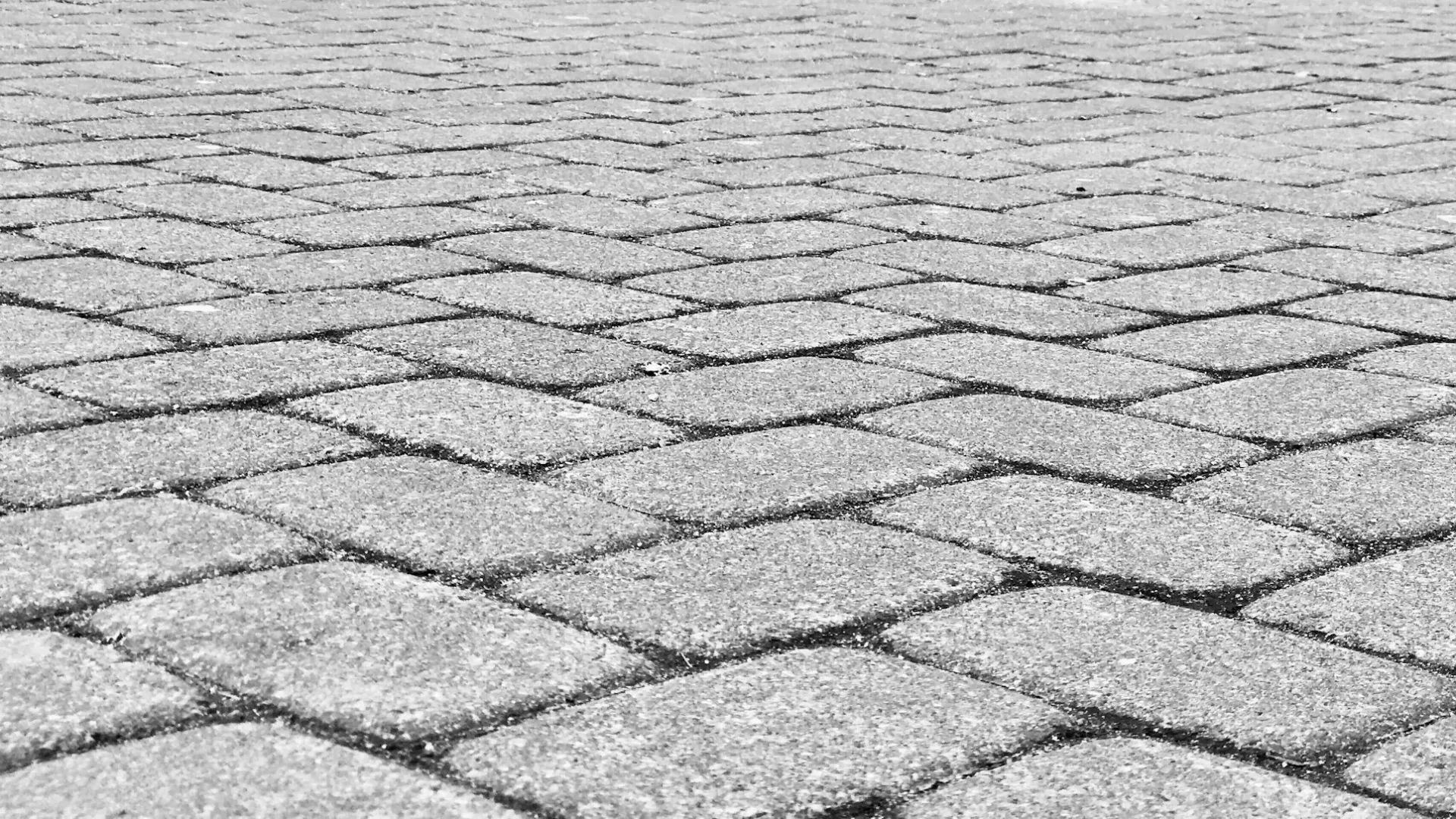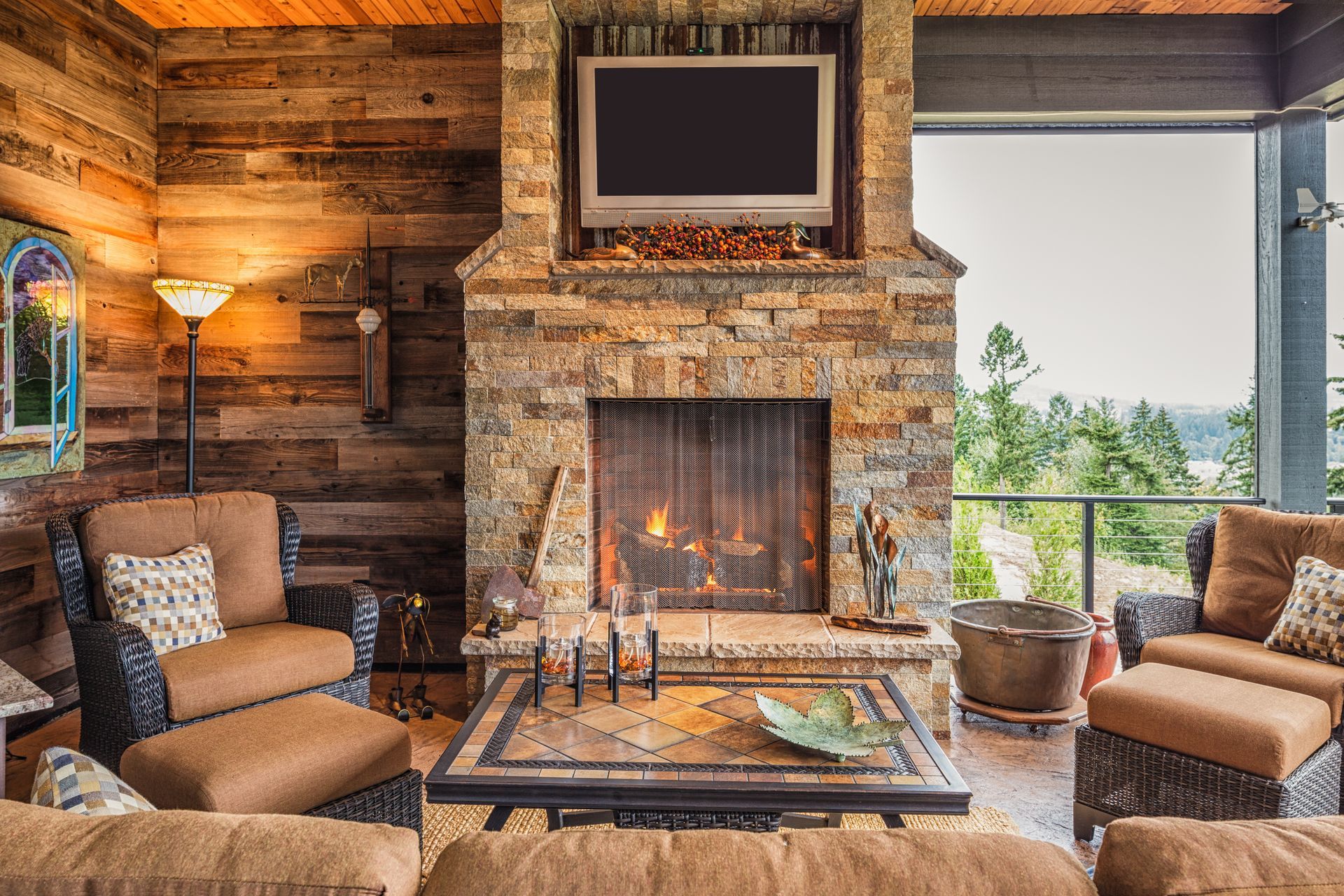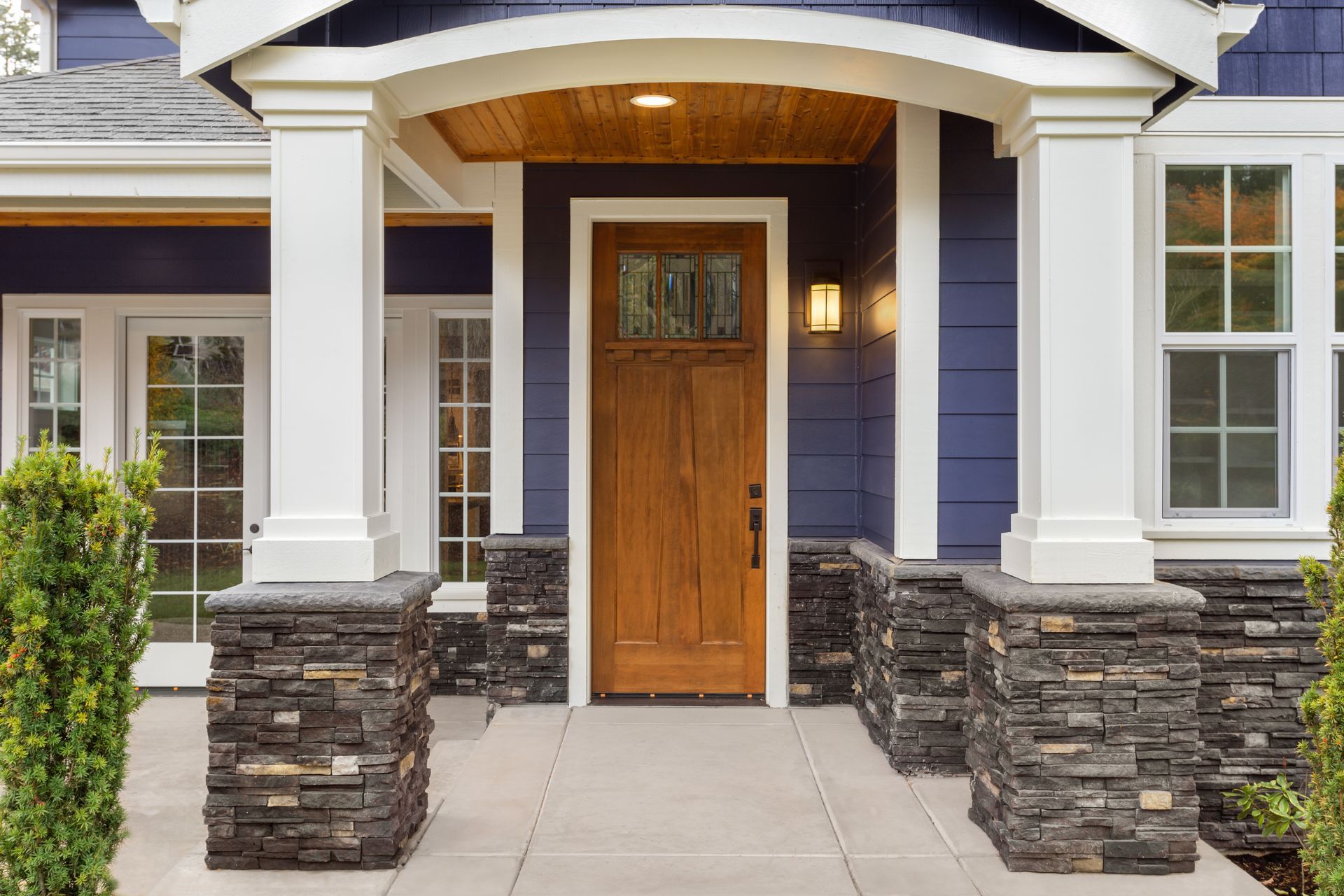Best Hardscape Materials: Pros and Cons Guide
The Ultimate Guide to Choosing the Right Hardscape Materials
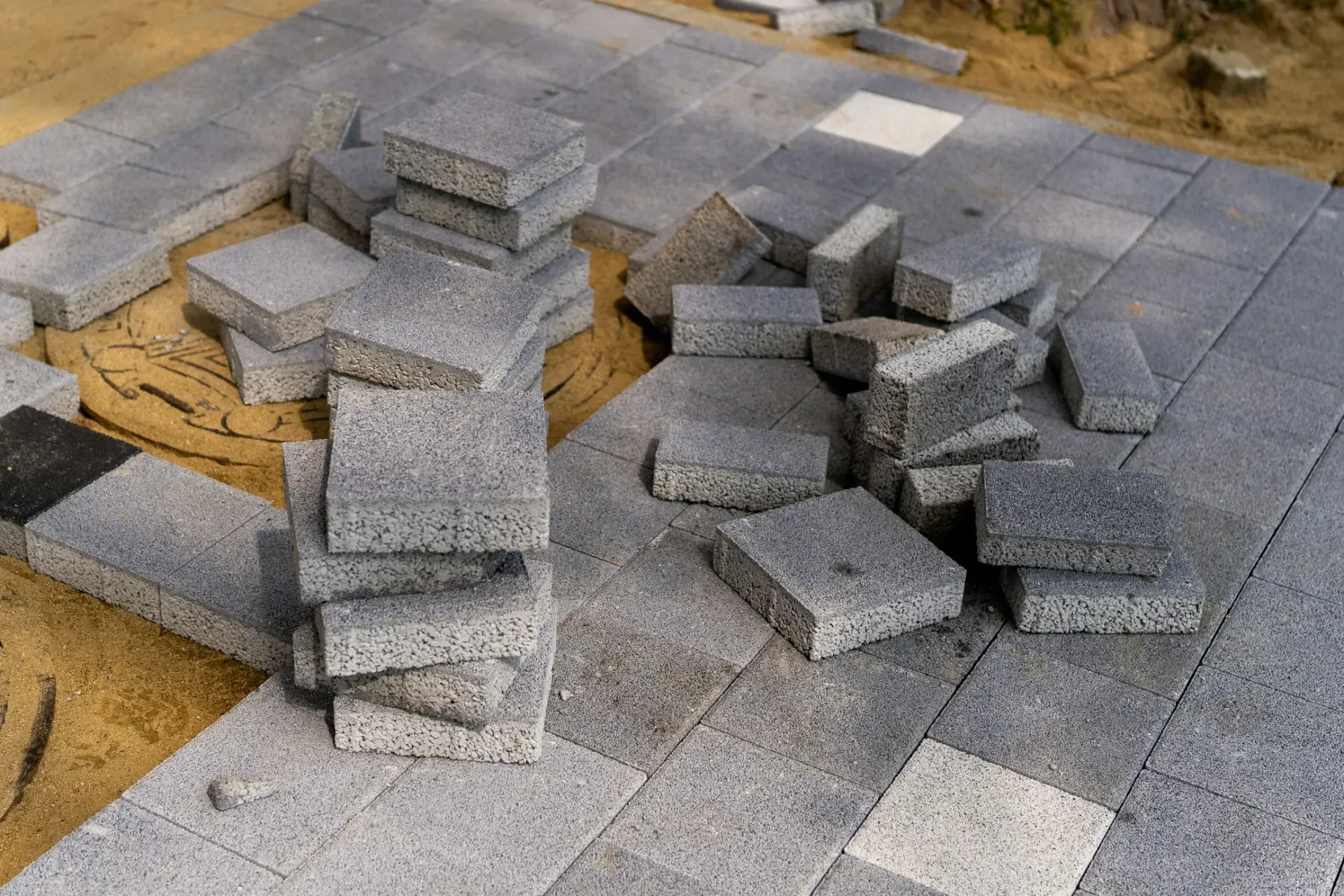
Choosing the right hardscape materials is essential for your landscaping project.
Hardscape materials like stone, pavers, concrete, and wood offer different benefits.
This guide breaks down their pros and cons to help you make an informed decision.
Understanding Hardscape Materials
Hardscape materials are non-living elements used in landscaping, such as patios, walkways, and retaining walls. They provide structure and functionality, enhancing the overall design of your outdoor spaces.
Stone
Durability
Stone is extremely durable. It withstands extreme weather and heavy foot traffic. When installed correctly, stone hardscapes can last a lifetime.
Cost
Stone varies in cost. Natural stones like granite and limestone are pricier upfront. However, their longevity can make them cost-effective over time.
Aesthetics
Stone offers a natural, timeless look. It comes in various textures, colors, and shapes, allowing for creative designs. Whether you want a rustic or modern look, stone fits the bill.
Maintenance
Stone is low maintenance. It rarely needs cleaning but may require occasional sealing to prevent stains. Moss and algae can grow on stone surfaces, but they are easy to clean off.
Pavers
Durability
Pavers are highly durable. They can handle heavy traffic and various weather conditions. Properly installed, they last for many years with minimal wear.
Cost
Pavers come in a range of prices. Concrete pavers are typically less expensive, while natural stone or clay pavers can be more costly. The modular nature of pavers makes them a flexible option for different budgets.
Aesthetics
Pavers offer versatility in design. Available in numerous shapes, colors, and patterns, they can create a customized look. Whether you want a classic or contemporary style, pavers can be tailored to your aesthetic preferences.
Maintenance
Maintaining pavers is straightforward. They may need occasional sealing and can be replaced individually if damaged. Weed growth between pavers is common, but it can be managed with regular upkeep.
Concrete
Durability
Concrete is durable but can crack over time. With proper installation and maintenance, it can last for decades. Reinforcing with rebar or mesh can enhance its longevity.
Cost
Concrete is cost-effective, especially for large areas. It’s generally cheaper than natural stone or pavers, making it a popular choice for many homeowners.
Aesthetics
Concrete offers a modern, clean look. It can be customized with stains, stamps, and finishes to mimic more expensive materials like stone or brick. This versatility allows for a range of design options.
Maintenance
Concrete requires periodic sealing to protect against stains and weather damage. Cracks can occur but are usually easy to repair. Regular cleaning helps maintain its appearance.
Wood
Durability
Wood is less durable than other hardscape materials. It is susceptible to rot, pests, and weather damage. However, treated wood and proper maintenance can extend its lifespan.
Cost
Wood is generally more affordable upfront. The cost varies depending on the type of wood, with hardwoods being more expensive than softwoods. While the initial cost is lower, ongoing maintenance can add up over time.
Aesthetics
Wood offers a natural, warm appearance that blends well with outdoor environments. It can create a cozy and inviting atmosphere. Different types of wood provide various textures and colors, enhancing design flexibility.
Maintenance
Wood requires high maintenance. Regular sealing, staining, and treatment are necessary to prevent rot and insect damage. It also needs protection from moisture and sun exposure to maintain its look and durability.
Factors to Consider When Choosing Hardscape Materials
Climate
Consider your local climate. Some materials handle extreme temperatures and moisture better than others. For instance, stone and concrete are ideal for regions with harsh weather conditions.
Budget
Balance your budget with the upfront costs and long-term maintenance expenses. While some materials might be cheaper initially, they could incur higher maintenance costs over time.
Usage
Think about how you will use the space. Heavy foot traffic areas might benefit from durable options like stone or pavers. For lighter use, wood or concrete might be suitable.
Aesthetic Goals
Your design vision is crucial. Choose materials that match your desired aesthetic, whether it’s modern, rustic, or traditional. Mixing materials can also achieve a unique look.
Conclusion
Choosing the right hardscape material is essential for creating a functional and beautiful outdoor space. Each material—stone, pavers, concrete, and wood—has unique benefits and drawbacks in terms of durability, cost, aesthetics, and maintenance. By understanding these factors, you can select the material that best fits your needs and preferences.
Call to Action
Ready to transform your outdoor space? Contact Maverick Masonry for top-notch hardscaping and masonry services. We offer a wide range of services including:
- Masonry Services
- Concrete Mailboxes
- Brick Restoration
- Brick Sealing
- Block Installation
- Masonry Construction
- Concrete Construction
- Masonry Restoration
- Concrete Repair
- Masonry Repair
- Stucco Services
- Stucco Repair
Our hardscaping services include:
- Paver Sealing and Restorations
- Brick Pavers
- Retaining Walls
- Hardscapes
- Outdoor Fire Pits
- Outdoor Kitchens
We proudly serve Tampa, Lakeland, and Plant City, FL. Contact us today to discuss your project and get started on creating the outdoor space of your dreams!
Frequently Asked Questions
What is the best hardscape material for a patio?
The best material depends on your specific needs. Stone and pavers are popular for their durability and aesthetic appeal. Concrete is cost-effective, while wood offers a natural, warm look.
How do I maintain my hardscape to ensure longevity?
Regular maintenance includes cleaning, sealing, and repairing any damages. Each material has specific maintenance requirements, so follow the guidelines for your chosen hardscape.
Can I mix different hardscape materials in one project?
Yes, mixing materials can create a unique and visually appealing design. Ensure the materials complement each other in terms of durability and aesthetics.
How do hardscape materials affect property value?
High-quality hardscape materials can significantly increase property value by enhancing curb appeal and providing functional outdoor spaces.
What are eco-friendly hardscape options?
Recycled concrete, reclaimed bricks, and sustainably sourced wood are eco-friendly options. Permeable pavers also help manage stormwater runoff, making them an environmentally friendly choice.
